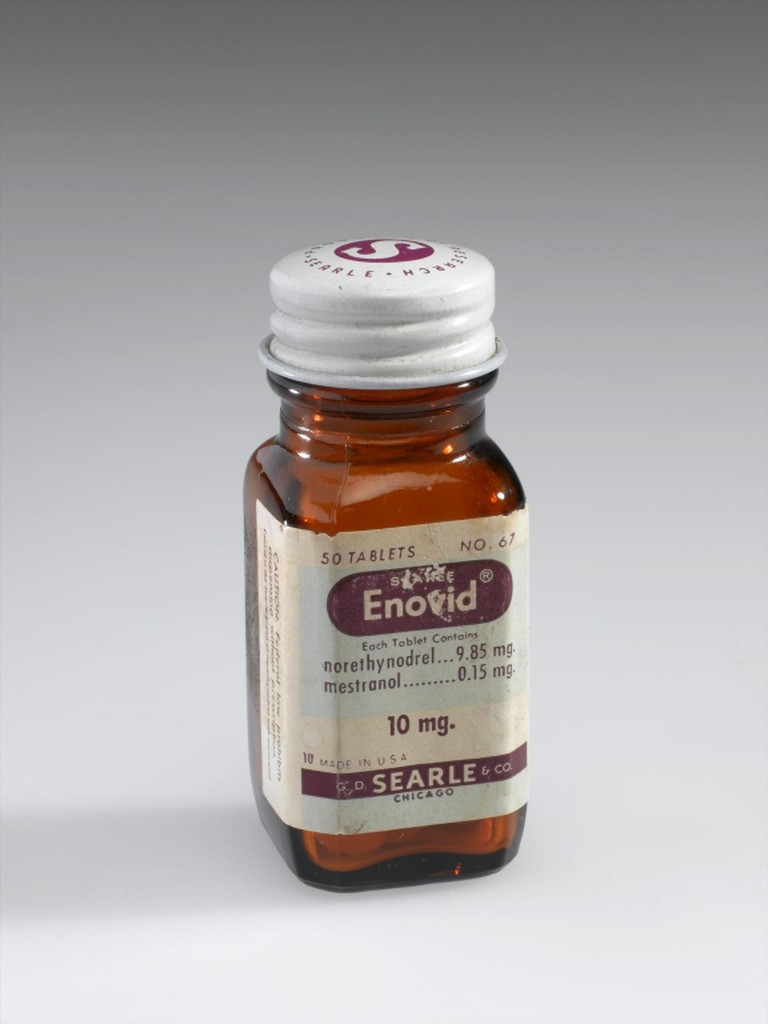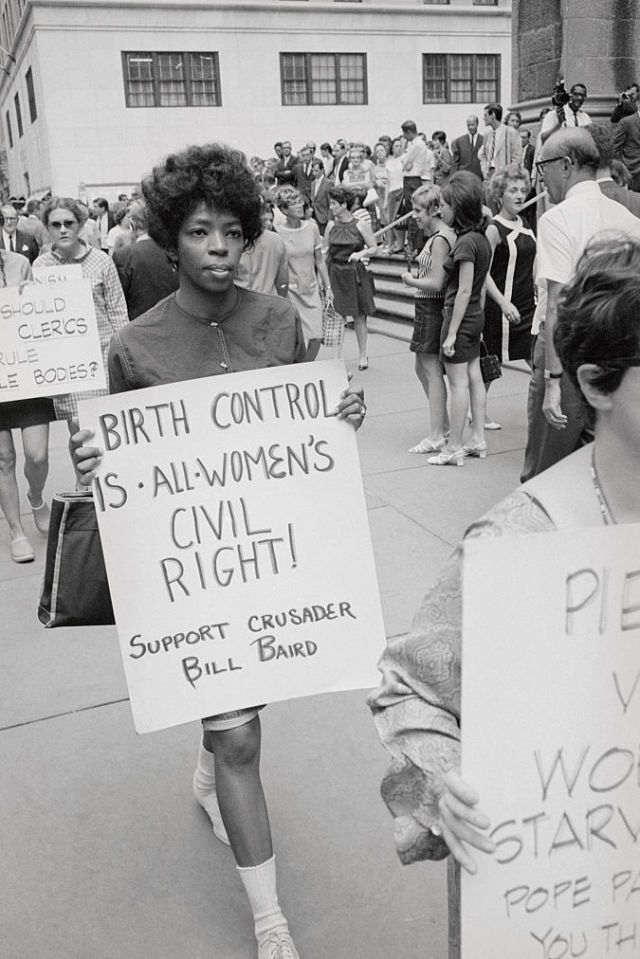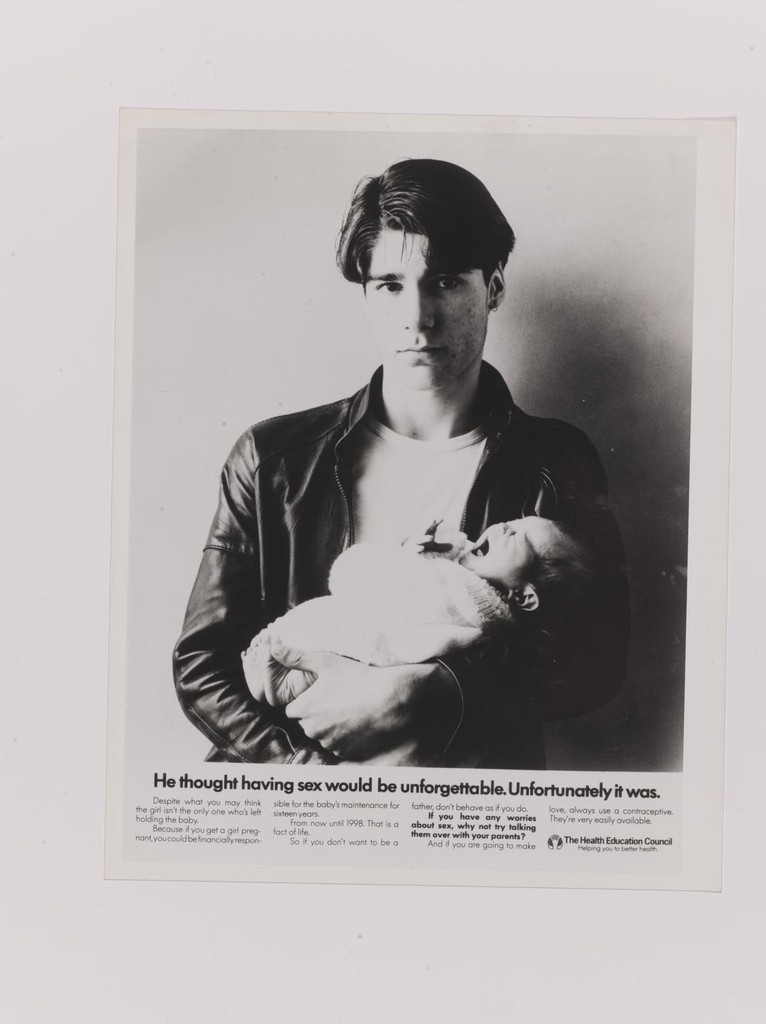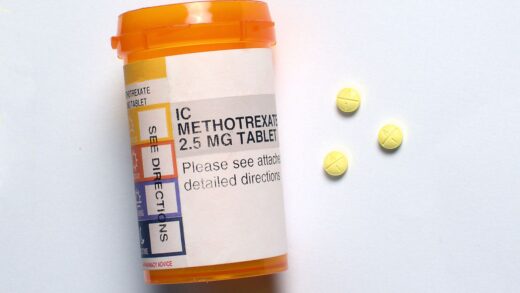Maggie Thompson
“Contraception and Contradiction” is the story of birth control in the United States, and it’s importance in the Post-Roe world.
We’ll cover where we started, the pitfalls, and the threat that the current reproductive healthcare crisis places on the future of contraceptive accessibility in the United States.
Transcript
Opening music for 7 seconds then fade
- [Maggie- over music]
Hello and welcome to this episode of Listening for Reproductive Justice, where we cover all things pertaining to abortion access in America- medicine, politics, and everything in between.
- Music fades for 5 seconds
- [Maggie- over music] This podcast is brought to you by Smith College’s SWAG department and professor Anderson’s class on the Introduction to the Study of Women and Gender
- Music fades for 6 seconds, then fades out completely
- [M] In today’s episode, we’re going to be talking about an area of reproductive rights that is often overlooked, especially with the recent overturning of Roe v. Wade: we’re going to be taking a look at the history, and current political battleground over contraception.
- So before we talk about the modern battleground for reproductive rights, I’m going to give a quick overview of two major landmarks in contraceptive accessibility, so there’s a brief framework for the later discussion.
- The history of birth control dates back to around 1921, when the first American Birth Control Conference was held. This conference, composed of doctors, social workers, and advocates of reproductive health came together to discuss the potential for the production and legalization of birth control.
- This conference would mark the beginning of the American Birth Control League, better known as Planned Parenthood today.
- Birth control has historically been a fundamental element in the fight for reproductive justice.
- When thinking about the role of contraceptives in the fight for reproductive rights, it’s important to note that the decriminalization of contraceptives wouldn’t happen until 1965, with the Supreme Court’s decision on Griswold v. Connecticut.
- However, it wouldn’t be until 1972, with the Eisenstadt v. Baird decision that would allow for unmarried persons to obtain contraceptives, only three months before the Supreme Court decided on Roe v. Wade.
- With these two decisions so close together chronologically, it’s not hard to see why Roe and contraceptives are so closely related. But just because birth control is legally accessible, it’s cultural and medical accessibility is a whole different monster.
- Music plays for 4 seconds, then fades
- The relationship between contraceptives and the wellbeing of their users is a rocky one, to say the least. An example of this tension is written about in a report done by the Native American Women’s Health Education Research in 1995, concerning the impact of Depo Provera on its patients. Depo Provera is an injectable contraceptive created in 1969, and was considered to be the best alternative to the pill. However, medical findings are different.
- The report’s findings highlight the safety and ethics concerns regarding Depo Provera, and particularly its, “unethical use on low income women and women of color” and quote.
- On top of that, the FDA had expressed concern over the studied side effects of the drug. Side effects included an increased risk in breast cancer, osteoporosis, and an increased risk of fetal abnormalities.
- The report goes on to state that many medical professionals and women’s health advocates had questioned the safety of Depo-Provera, and the Native American Women’s Health Center raised concerns that native women were unnecessarily receiving a dangerous drug when other methods were available.
- However, because of the limited accessibility of other contraceptive methods, these women were limited to a potentially dangerous drug, or not receiving birth control at all.
- Depo Provera has had negative impacts both culturally and medically, as it has been disproportionately prescribed to Indigenous populations and low-income populations, despite the well-known negative effects, highlighting the inaccessibility of contraceptives to various communities, limiting the opportunity for safe and effective birth control.
- As the years have gone by, contraceptives have gotten safer, but they’re nowhere near perfect.
- We also see critiques of contraceptives outside of Depo Provera. Found in the Smith College archives, a 1985 New York Times opinion article called The Perfect Contraceptive: When? critiques the inaccessibility of contraception at the time.
- Methods like the pill or IUD have harmful effects, condoms being “culturally rejected”, this leaves many people with no other choice when looking for reproductive healthcare. With a lack of options, many turned to abortion, as contraceptives weren’t viable options.
- Now, while abortion is certainly not a form of contraception, with the major flaws surrounding birth control and their accessibility, it left many without a choice.
- The article says something extremely profound about people’s reasoning about not using contraception.
- “For some of those who don’t, contraception is undesirable. For countless others it is unavailable or unsafe”
- And this rhetoric ties directly back to the crisis we’re seeing today. With the overturning of Roe, we are once again having these options taken from us. If abortion is no longer protected, and birth control is unaccessible and unsafe for many, what other options do we have?
- Even if imperfect, contraceptives are extremely important for so many, especially in our Post-Roe world. Now more than ever, the access and safety of birth control is vital to those living in states that have banned abortion, who have had that choice stripped from them.
- With Baird and Griswold being so close to Roe v. Wade- both in time and overlapping political movements, it’s hard to imagine a world where contraceptive accessibility can progress without abortion access.
- For many, abortion was chosen because contraceptives were inaccessible, for either safety concerns or lack of resources. To have abortion access be threated or completely stripped away leaves millions with no option, no choice.
- Post-Roe, we are now faced with the flaws of contraceptive accessibility and quality even harder, as states move to threaten contraceptives such as the IUD and the morning after pill, and over 40 independent abortion clinics closed as of November, according to Bloomberg.
- With access to abortion becoming limited, this overall limits the accessibility for those who rely on these clinics, and sometimes, abortion, to receive reproductive healthcare that might not be an option without them.
- A shot at abortion is a shot at reproductive healthcare entirely, as one aspect cannot exist without the other.
- To close, I leave you with this question: If contraceptives are going to be inaccessible, sometimes dangerous, and abortion is no longer a guaranteed option, and the clinics that provide both are inaccessible because of the latter, what other choices do we have?
- Thank you for listening to Contraceptives and Contradiction. I’m Maggie, and I hope you enjoyed your listening experience.
Outro Music for five seconds, then fades
Gallery:



References
Written References
Butler, Kelsey. “Abortion Clinic Closures Double in Year after End of Roe v. Wade.” Bloomberg.com. Bloomberg, December 6, 2022. https://www.bloomberg.com/news/articles/2022-12-06/twice-as-many-abortion-clinics-closed-in-2022-as-last-year?leadSource=uverify+wall.
“Eisenstadt v. Baird.” Oyez. Accessed December 6, 2022. https://www.oyez.org/cases/1971/70-17.
Ellen H. Chen and Charon Asetoyer. “A Review of the Use and Effects of Depo-Provera on Native American Women within Indian Health Services and Other Federal Agencies” (Lake Andes: Native American Women’s Health Education Resource Center, 1995)
“The Perfect Contraceptive: When?” The New York Times. The New York Times, July 1, 1985. https://www.nytimes.com/1985/07/01/opinion/the-perfect-contraceptive-when.html?searchResultPosition=1.
Image References:
Fogarty, Lisa. “What Birth Control Was like in Every Decade.” Redbook, June 3, 2022. https://www.redbookmag.com/body/pregnancy-fertility/g4283/what-birth-control-was-like-in-every-decade/?slide=8.
G D Searle and Company Limited; G D Searle and Company. 1961-1970. Bottle of ‘Enovid’ contraceptive pills, United Kingdom, 1960-1965, Bottle of Enovid tabs 10mg, early 1960s. Obstetrics, Gynaecology & Contraception. https://library.artstor.org/asset/26313982.
The Health Education Council, Health Education Authority. 1970-1987. He thought having sex would be unforgettable. Unfortunately it was, ‘He thought having sex would be unforgettable, ”He thought having sex would be unforgettable. Unfortunately it was” Poster ( b&w), image of young male holding. Public Health & Hygiene. Place: Donated by the Health Education Authority. https://library.artstor.org/asset/26397323.


